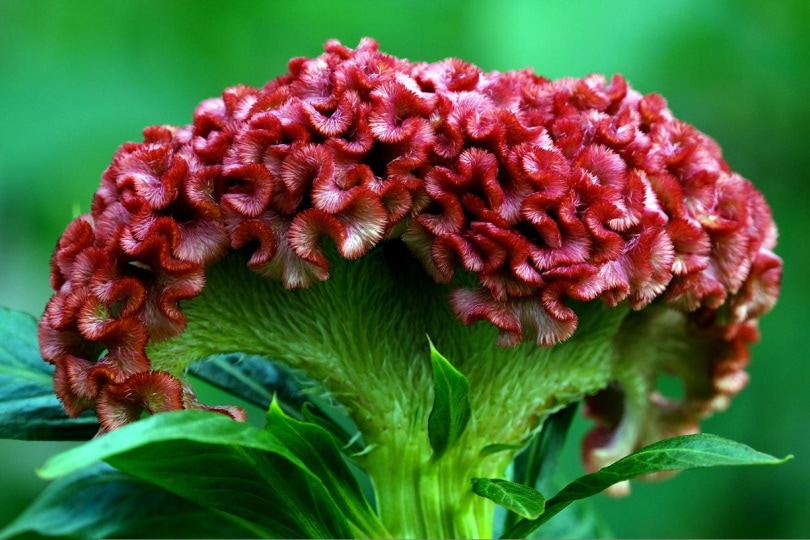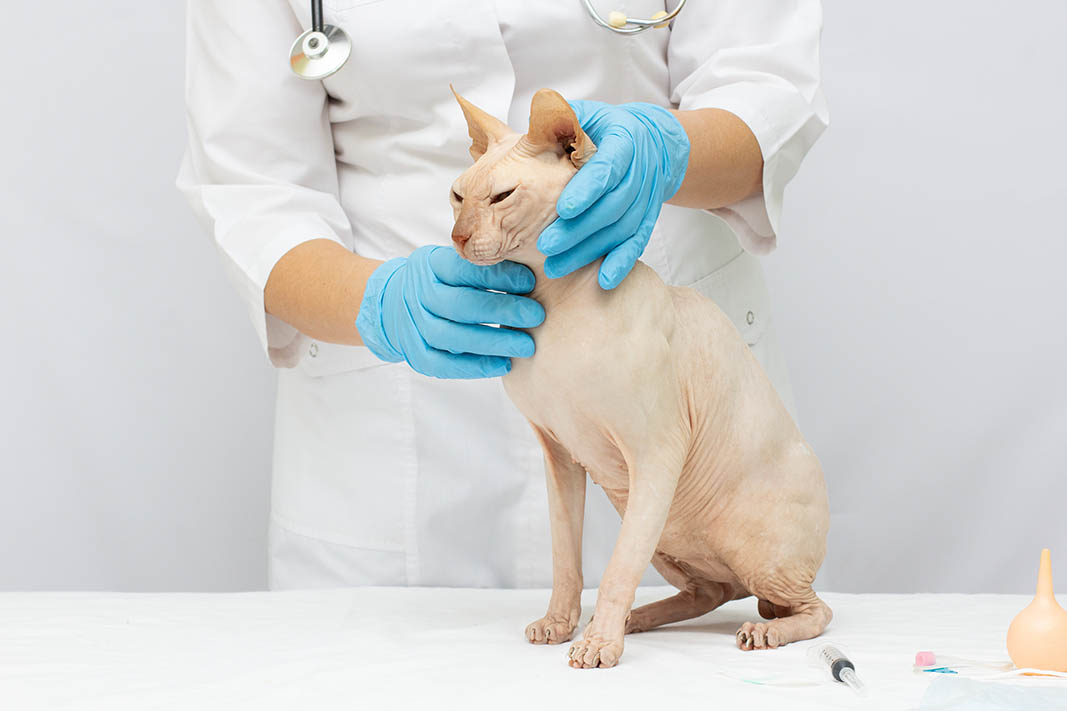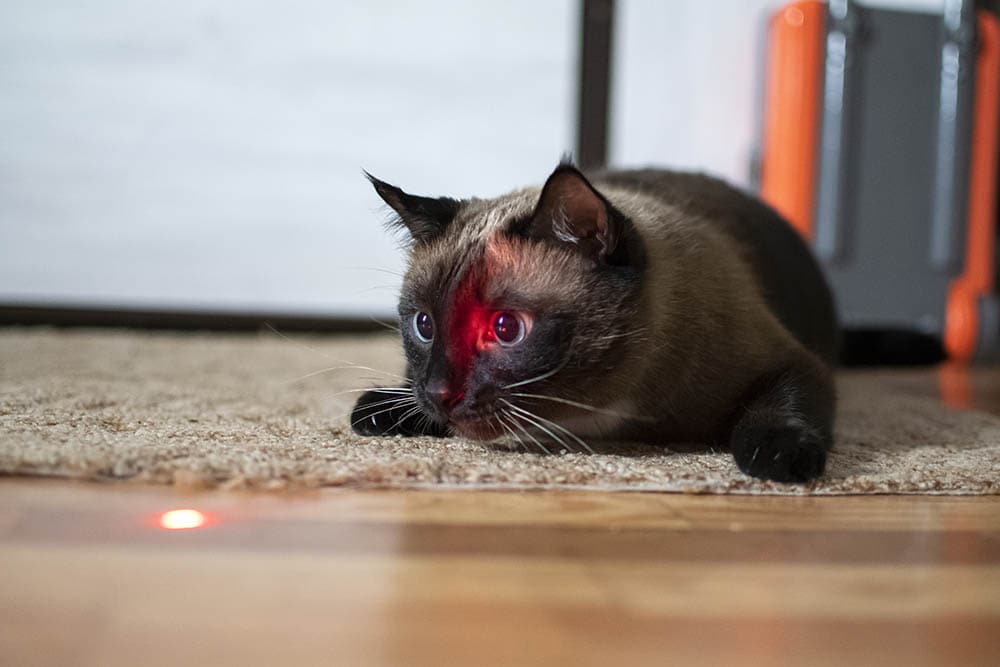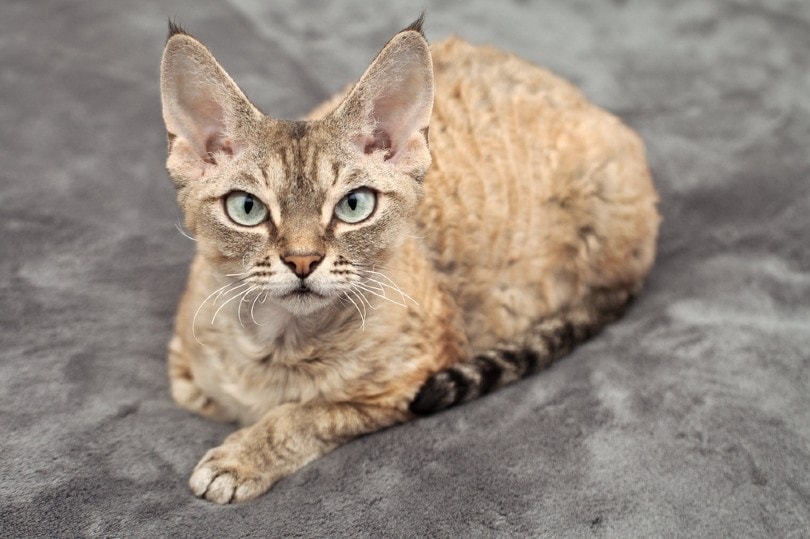Is Celosia Poisonous for Cats? Vet-Reviewed Safety Facts
Updated on

Our cats are family members and are often just as precious to us as our children. Like toddlers, cats can be curious about everything under the sun. They think a cardboard box is a great hideout, random fuzz and crumbs off the ground are new delicacies, and your houseplants are their favorite snacks. Nothing is safe, not even your flowers! Cats will climb flowers, jump on them, scratch them, or even eat them. If your precious kitty gets a hold of Celosia, don’t fear—according to the ASPCA, it’s non-toxic.1
Many cat owners keep houseplants in their homes without knowing if they’re poisonous. Most common houseplants are not fatal if chewed or eaten by pets, but some species can seriously harm your beloved feline. Never assume that since a species is poisonous, your cat instinctively won’t try to eat it. All too often, pets are rushed to the vet because of an adverse reaction from ingesting or even touching houseplants. Fortunately, the Celosia plants are safe for cats.
What Is Celosia (Cockscomb)?
Celosia is a small genus of edible plants from the Amaranth family. Also commonly known as Cockscomb, it is non-toxic to cats, dogs, and other animals. The plant itself is edible and often eaten in the wild by deer. The name comes from a Greek word meaning “burned” or “fire.” These plants have bright, feathery flowers that come in varying shades of red, orange, yellow, and scarlet, hence their burning, fire-like appearance. These flowers typically resemble a flaming bush.
Celosia is a flowering annual with varieties that bloom in both summer and fall. While it isn’t poisonous for cats, several other popular house plants, like lilies, are toxic to pets.

What Signs Should You Look For If Your Cat Has Been Poisoned?
Your cat’s behavior is a tell-tale sign of their current mood and health. Carefully noting any changes in your cat’s behavior is the first step in monitoring their health. The most common signs of poisoning include irritation, inflammation, swelling, or itchiness on the skin and mouth. Others may include:
- Difficulty breathing (labored panting)
- Vomiting
- Diarrhea
- Excessive water consumption or urination
- Fast, slow, or irregular heartbeat
- Drooling
- Difficulty swallowing
What Do You Do If You Notice These Signs?
The first step is always to determine what your pet ate, if possible. If it was a plant, you need to identify the species your cat has ingested. Not only will this help your vet treat your cat, but it can also help you, as the pet owner, figure out which plants to remove from your home.
If your cat is showing signs of poisoning and you know that they ate a plant or another household toxin, you can call the Pet Poison Helpline at (855) 213-6680 to get immediate advice.

Final Thoughts
Common household plants can cause dangerous health problems. Aloe, Lilies, Mistletoe, Tulips, and Holly plants can be dangerous and even fatal if they’re eaten by felines. Some houseplants may not be deadly but can still cause health problems, and your primary goal as a cat owner should be to keep your kitty safe at all times. Luckily, if you love Celosia plants in and around your home, your furry friends are perfectly safe!
Featured Image Credit: ignartonosbg, Pixabay













